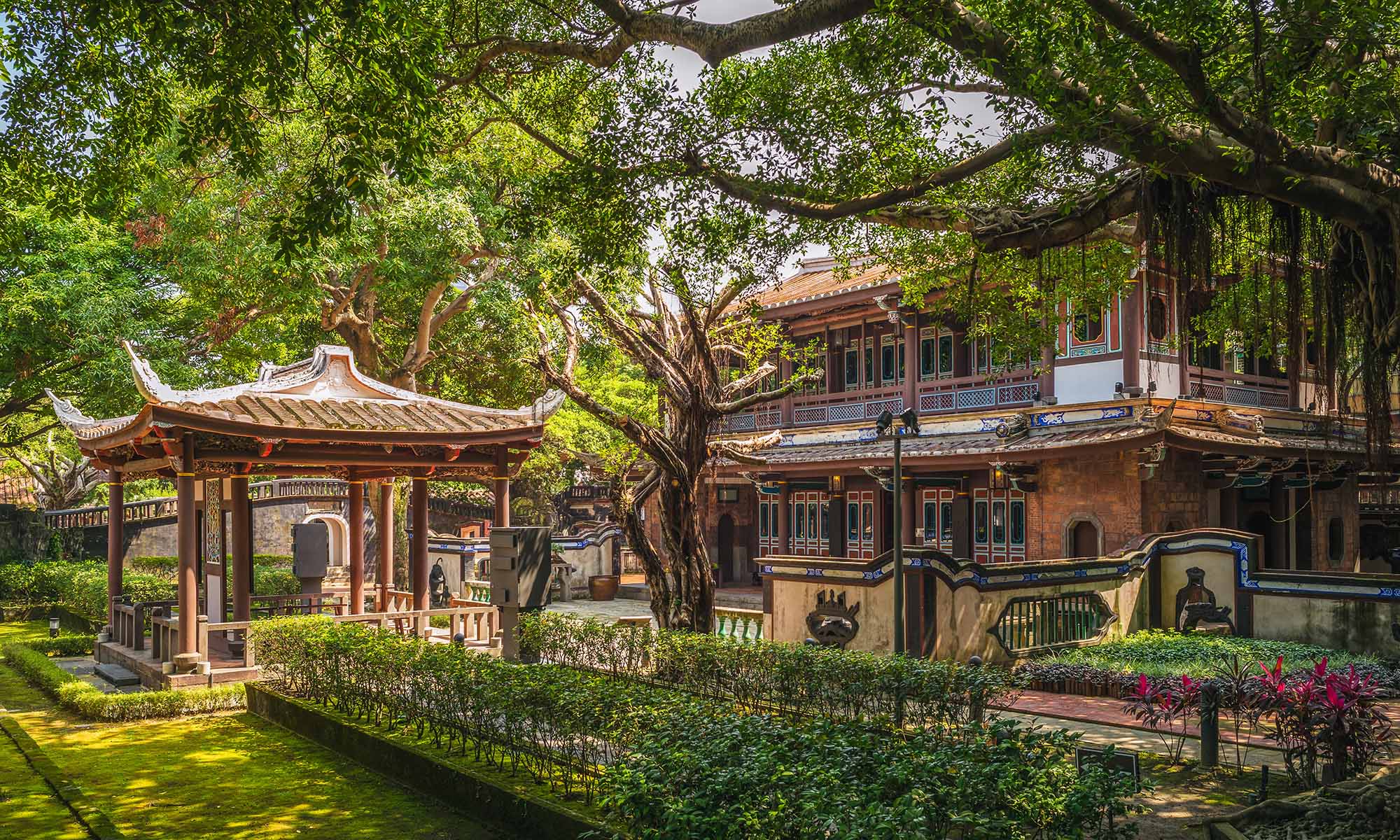Seniors looking for a slow vacation will not be disappointed by New Taipei’s wide variety of art museums, historic architecture, relaxing hot springs, historic old streets, and natural environments. Must-visit destinations include the tranquil hot springs of Jinshan, and Yingge, Taiwan’s ceramics capital.
📍 Route 1: Museums and Jinshan
Ju Ming Art Museum
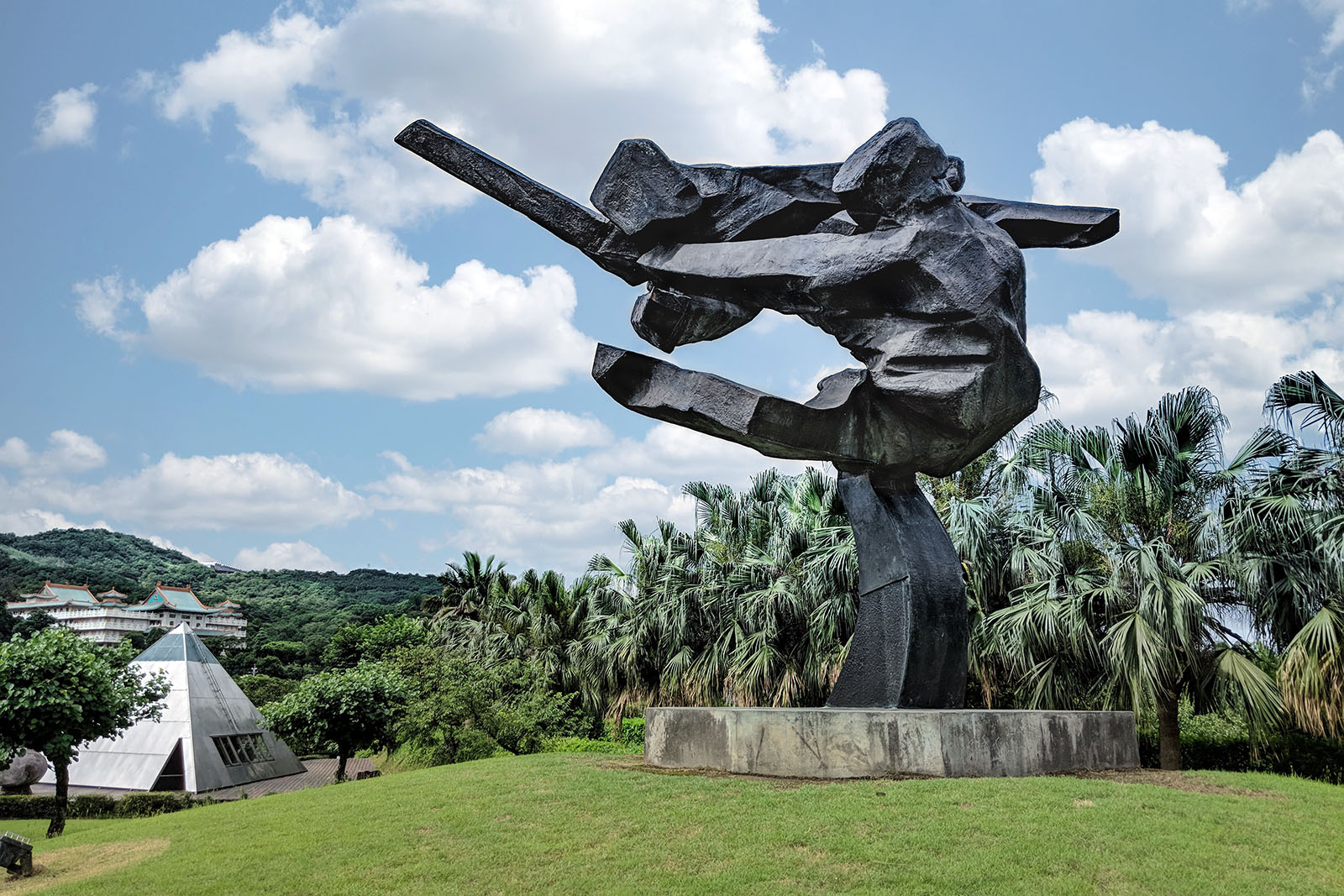
The Ju Ming Art Museum was built in the mountains of Jinshan at Ju Ming’s own expense, and is his largest work. The Taiwanese master sculptor designed the museum’s architecture, landscapes, wirings and plumbing over the course of 12 years. Today, the museum features 2000 of his works on display for public viewing.
The Ju Ming Art Museum is the largest outdoor museum in Taiwan, and its three principle exhibitions—Nativist, Taichi and Living World—all of which integrate nature with art. Ju Ming’s main inspirations have been Tai-chi and minimalism. His works, which are mostly constructed from bronze, stainless steel and painted wood tackle such macro themes as human choice, freedom vs. imprisonment, and good and evil.
« Read LessYehliu Geopark & Guihou Fishing Port

Yehliu Geopark, located on Taiwan’s Northern Coast, is famous for its bright-yellow rock formations. Here, the soft limestone along the seashore has been shaped into unique attractions with names like “Queen’s Head”, “Fairy’s Shoe and Candle”, “Bean Curd”, and “Dragon Head”. These geological spectacles are the result of thousands of years of wind and water-based erosion.
Just around the corner from Yehliu Geopark, the colorful fishing port of Guihou has become famous for its delicious Wanli Crab. In fact, the crab here is so popular that restaurants serving freshly steamed crabs have opened up directly at the port. Think of the lobster pounds that populate the remote harbors of the Northeastern United States; this is seafood at its freshest—and just like fresh lobster, Wanli Crab is best tasted without any seasonings or condiments. While Guihou Port is usually packed on the weekends, the restaurants are quite efficient and should make any wait time encountered bearable.
« Read LessJinshan Hot Spring
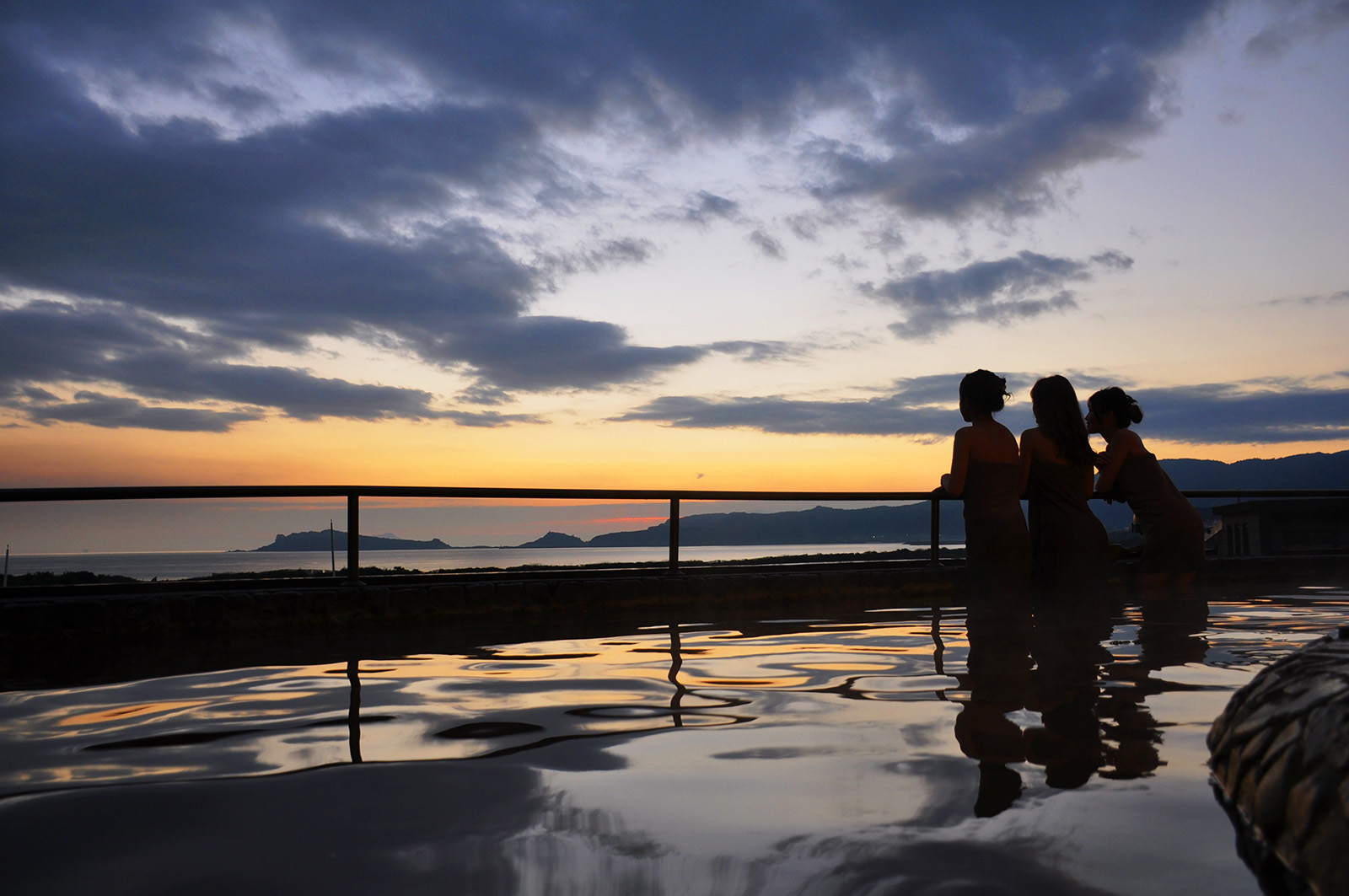
If the weather is on the chillier side, and you just want to relax in a hot spring, there is no better place to go than Jinshan’s secluded seaside hot springs. Unlike the more popular hot spring destinations of Wulai and Beitou, Jinshan’s hot springs are tucked away on the north side of Yangmingshan National Park, and as a result, are far less likely to be packed. While many hot spring hotels in Jinshan offer public pools, The Governor-General Hot Spring is the only one to feature rooftop pools facing the ocean and Yangmingshan. These public pools are segregated by gender and open until late in the evening.
📍 Route 2: Pingxi and Jiufen
The Lin Family Mansion and Garden
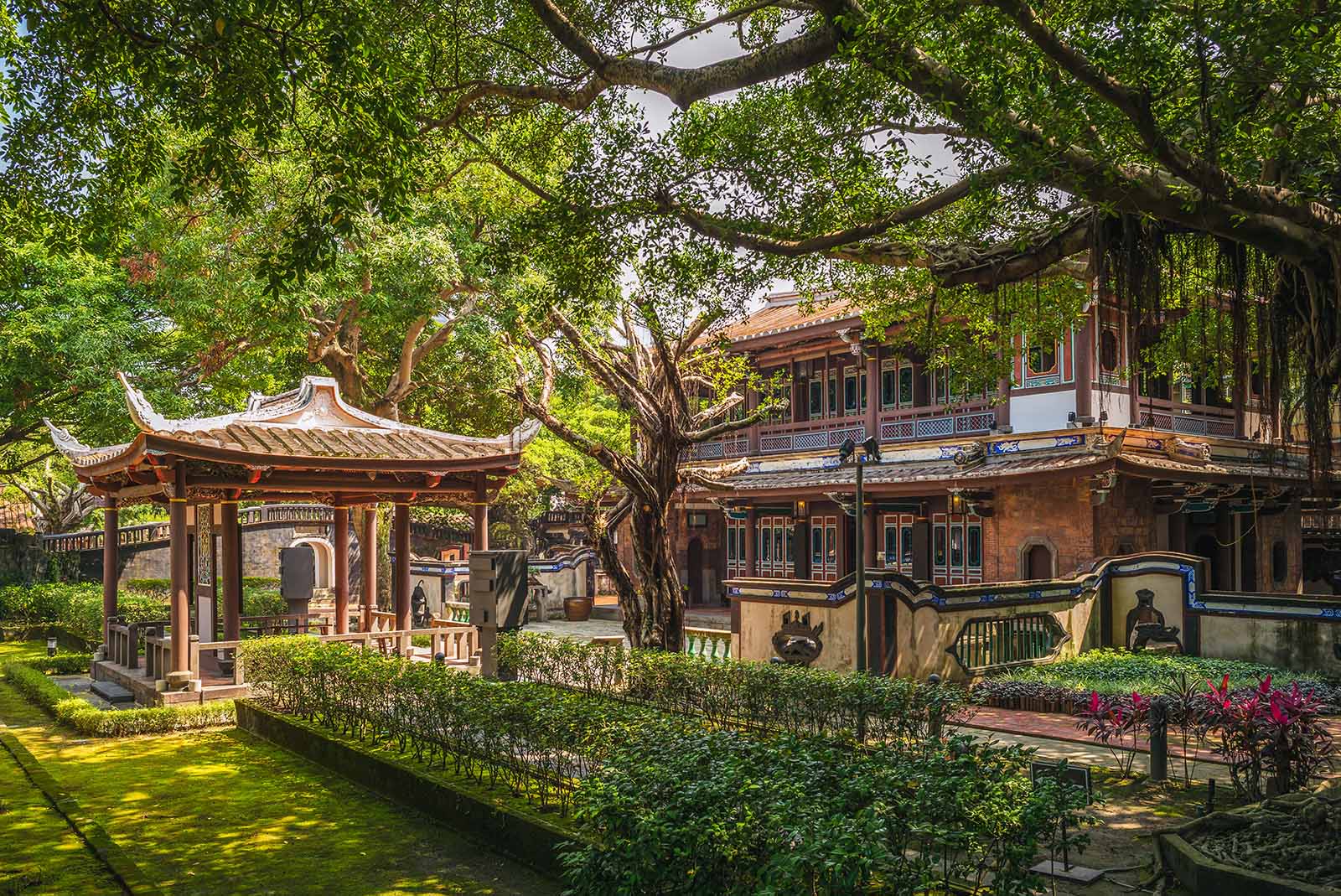
The Lin Ben Yuan Family Mansion and Garden is a nearly 200-year-old classical Chinese mansion located smack dab in the middle of downtown Banqiao, Taiwan’s third most densely-populated urban district. Built in 1847, this mansion was once the home of Taiwan’s richest family. Today, it has been designated a class-2 historic site and is the most complete surviving example of traditional Chinese garden architecture in Taiwan.
Stepping inside from the labyrinth of busy streets and clothing vendors outside is like traveling back in time to visit your rich rice-baron uncle’s country estate. Gone are the scooters and street vendors, and instead you are standing in a lush garden with multiple ponds, walkways and pavilions. The gardens are furnished with a library, observation platforms, an arched bridge, a guesthouse, and a pavilion which was used to accommodate up to 100 guests during communal feasts.
« Read LessPingxi Old Street
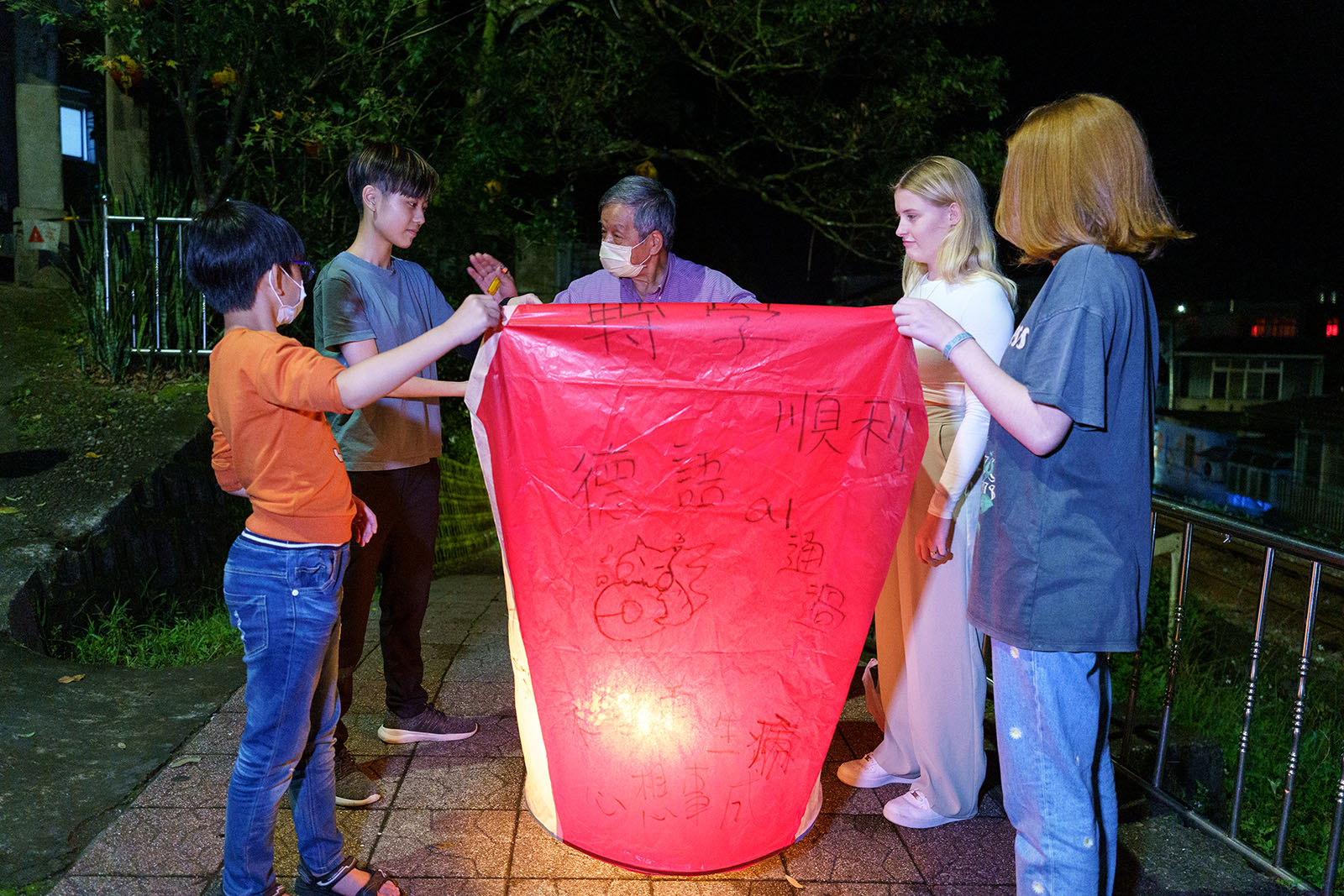
Pingxi, located at the end of the nostalgic Pingxi Rail Line, is a rather small village that is built on a slope around the rail tracks. With only two streets, one of which borders the railroad tracks, it’s no wonder this town’s quaint aesthetic once served as the backdrop for many of famed Taiwanese director Hou Hsiao-hsien’s films about pre-industrialized Taiwan. Today, Pingxi is one of the best destinations for sky lantern launching, snacking on authentic traditional small eats, and getting in a healthy dose of nostalgia. While the old streets are not as large as many of the other towns around Taiwan, they are still overflowing with local authenticity—one particularly delicious local snack, the peanut butter flake ice cream rolls, can be found just to the south of the railroad tracks.
Jiufen
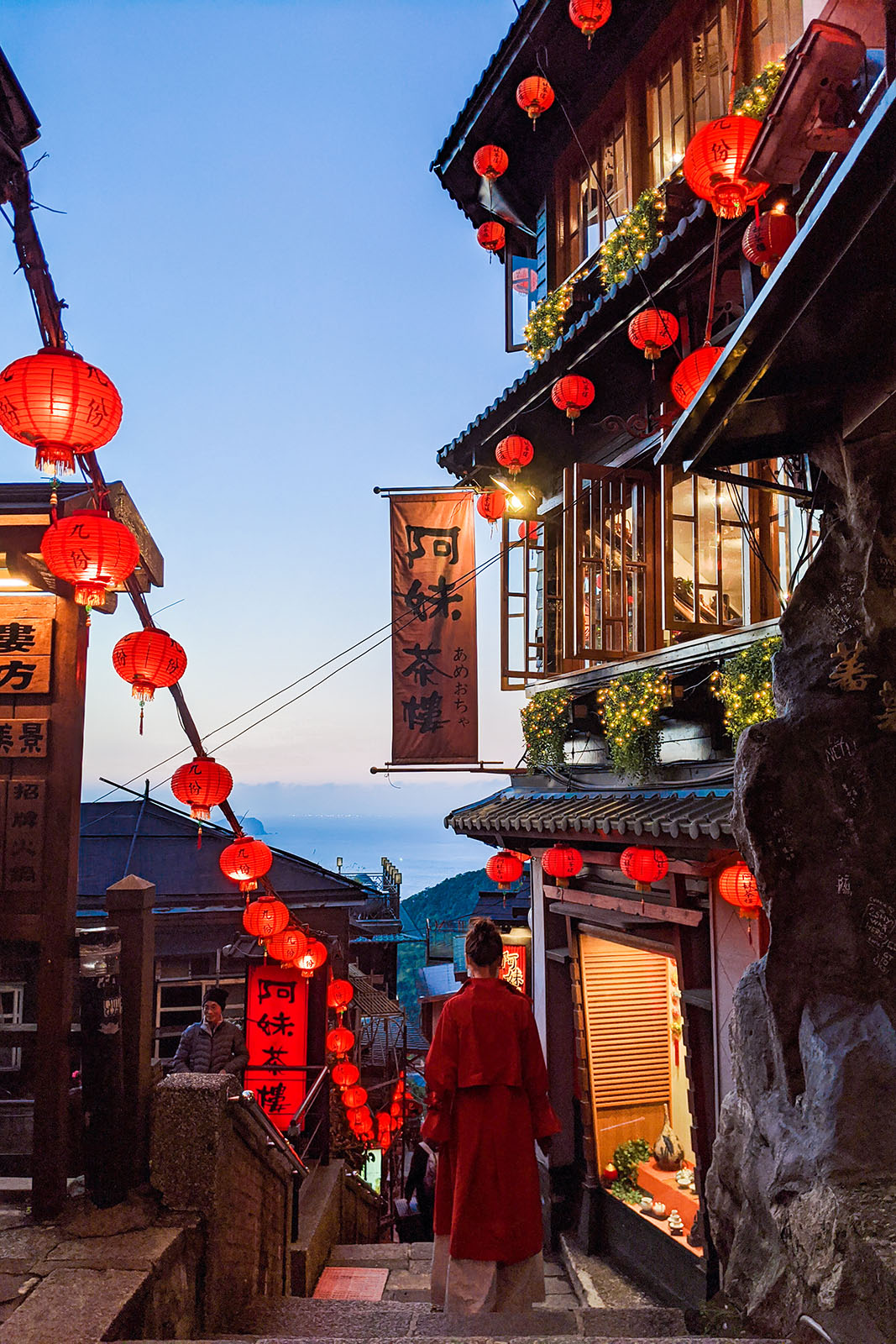
What makes the village of Jiufen particularly magical is its mountaintop location overlooking the Northern Coast. Not even the streets that cut across the mountain are flat, and many of the labyrinth-like alleys are simply staircases lined with shops. In the evenings, rows of red lanterns illuminate the streets and teahouses of Jiufen, and depending on the season, a fine mist might settle over the town adding to the already otherworldly ambience.
Before its revitalization into a tourist-friendly mountain village, the village of Jiufen served as the backdrop to Hou Hsiao-Hsien’s Golden Lion Award-winning masterpiece City of Sadness. The success of this nostalgic film catapulted the town’s transformation into the tourist mecca it is today.
If one ventures out of Jiufen’s crowded old streets and down one of its many alleys, there are numerous vantage points to take in the sunset and evening glow. On clear days, it’s not only possible to see Keelung Harbor to the north, but also Yangmingshan National Park and even Taipei 101.
« Read Less📍 Route 3: Waterfalls and Pottery
Manyueyuan National Forest Recreation Area
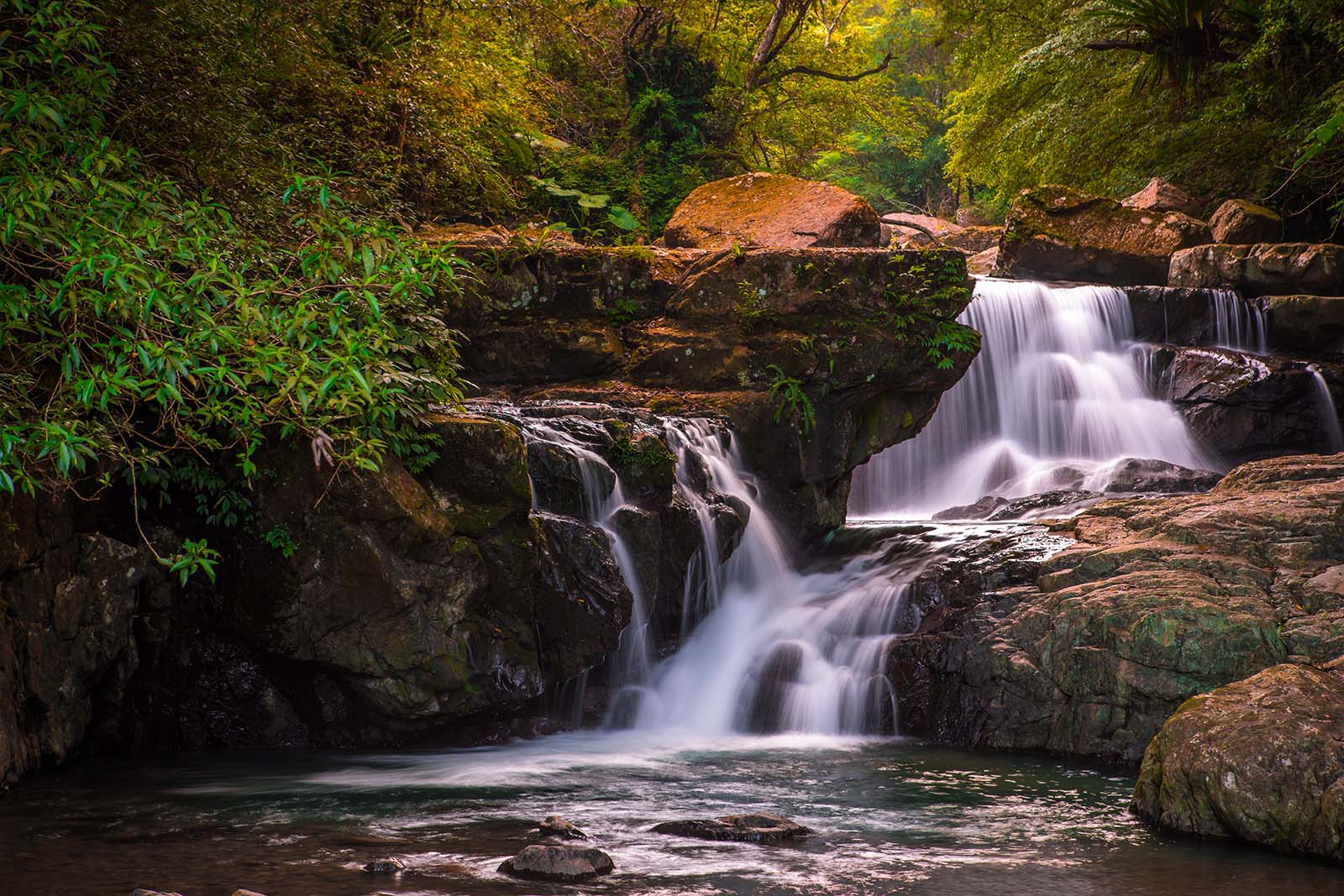
The Manyueyuan National Forest Recreation Area is a 40-minute drive into the Rui-zi River Valley in Sanxia, directly south of Yingge’s Ceramic Streets. Manyueyuan’s rich ecology includes a great variety of ferns and small birds in particular. Keep your eyes peeled for the Rufous-crowned Laughingthrush and the Varied Tit. The park’s main attractions, however, are its waterfalls. Both the Manyueyuan Waterfall, and Virgin Waterfall are connected by walking paths and have viewing platforms, making them good places for a rest or a picnic. The park also features a highly-rated forest cafe which offers sweats and refreshments—the coffee is particularly good! In the winter, Manyueyuan National Forest is the location of Taiwan’s prettiest low-altitude red maple trees.
Yingge Ceramics Museum & Old Street
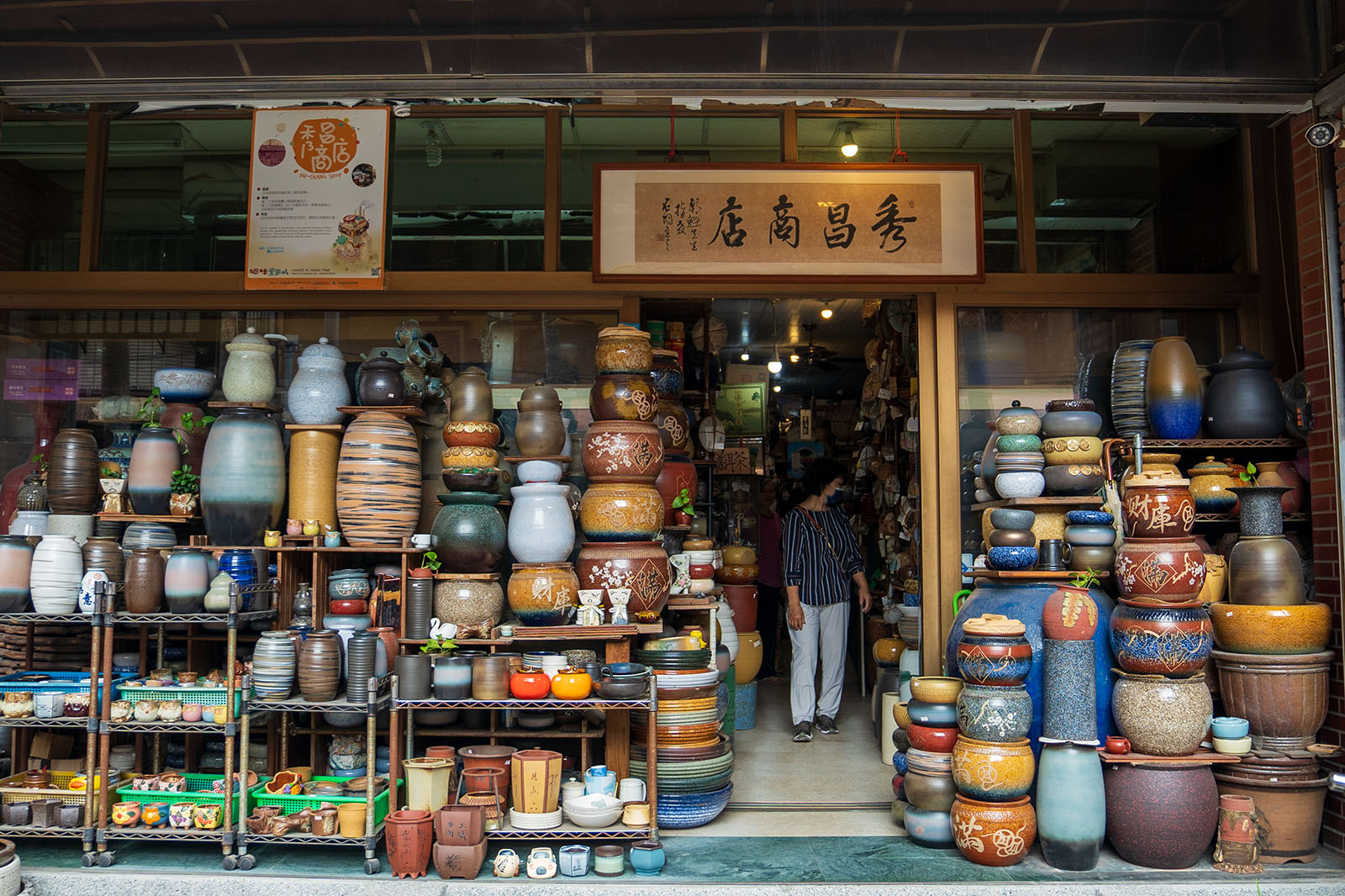
Lauded as one of the most memorable places to visit in Taiwan by tea, ceramics and pottery lovers alike, Yingge Ceramics Street is one of the best examples of traditional industry turning into the focal point of tourism (as opposed to fading out in the face of globalization). Yingge’s Old Streets stay true to the town’s roots as a pottery center, with shops offering selections of both household items and authentic artisan pieces. Some studios in Yingge also offer DIY pottery classes. Due to the finishing process, DIY pieces must be mailed (international shipping is offered) approximately a month after the class.

